Emerald manor blue label rose summer coffee hand brewing filter cup extraction method introduction and flavor description
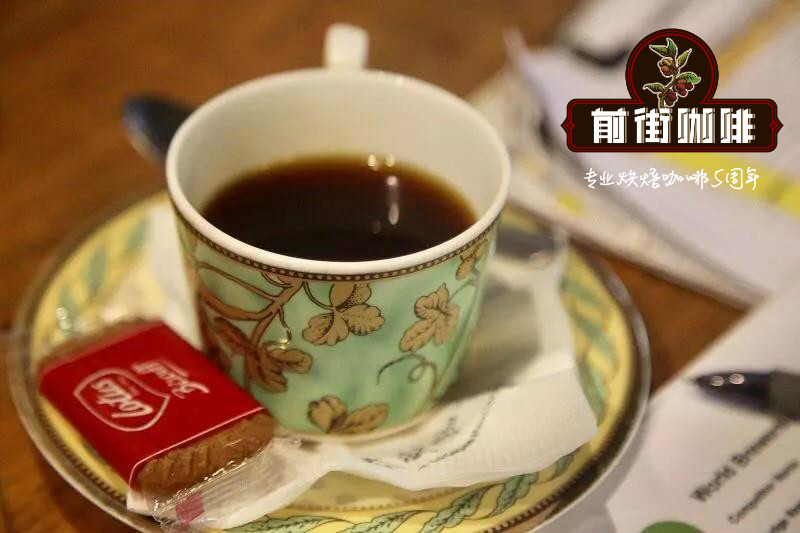
If you want to say in front of the street that there are many things in Panama, there are not many things, but there is a lot of coffee, that is, coffee is famous. Panama what coffee is the most famous, this still need to ask, of course, it is rosy summer ah, of course, the price is too expensive to make you kneel! Since it became popular in 2004, countries all over the world have embraced each other to plant rose summer varieties. The rose summer of different countries also has different flavor and taste. Today we only talk about the famous jade manor rose summer in Panama!
Panama's rosy summer coffee beans are famous, and the whole country is filled with a strong rosy summer atmosphere, among which the rose summer coffee beans produced by Jade Manor are the most famous. Panamanian rose summer coffee beans have a strict grading system, often heard of blue standard rose summer coffee, red label rose summer coffee and so on, today Qianjie Coffee will explain the difference between them.
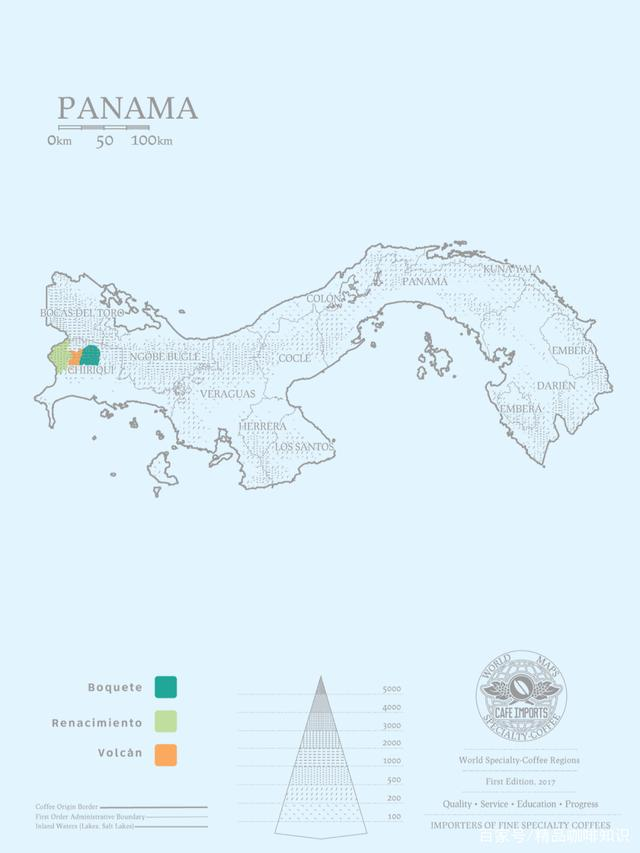
Panama is located in Central America, followed by North and South America, bordering Costa Rica and Colombia. The coffee road in Panama can be said to have come all the way with a golden spoon.
As we all know, the Panama Canal was built by the United States and was independently controlled by the United States for some time after it was built. It was the construction of the Panama Canal that caused many American elites to go south at the end of the 20th century, on the one hand, to demand jobs, and on the other to tap business opportunities. Many of Panama's famous coffee farms are created by these elites, such as the owner of Emerald Manor used to be a banker and the owner of Hartman Manor used to be an engineer. These elites adhere to the principles of standardization and refinement in the management of coffee estates, whether it is the planting of coffee trees to distribute the elevation of the land to form the grade of coffee beans, or the artificial picking, the refinement of the treatment process, and so on. are important factors that make Panamanian coffee famous in the world.
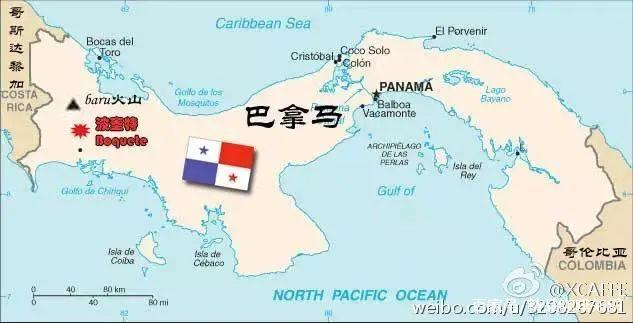
Panamanian coffee producing area
There are four main coffee producing areas in Panama: Poquet, Walken, Santa Clara and Kendra. Pokuit coffee producing area, with an average elevation of 1450 meters, produces the most coffee and the best quality coffee in Panama. Walken coffee producing area, the average elevation is 2000 meters, the coffee characteristics of this area is more moderate and balanced. Santa Clara coffee producing area, with an average elevation of 1500 meters, is close to the Panama Canal, making it very convenient to transport coffee. Kendra coffee producing area, with an average elevation of 1200 meters, has attracted more and more attention in recent years, and the industry believes that it has the potential to develop high-quality stunt coffee.
The Emerald Manor, located in the Pokuit coffee region, was bought in 1964 by Rudolph Peterson, a retired American banker, primarily in the dairy industry. Later, his son Price, who was a doctor, quit his job to help his father run the farm, introduced Kaddura and Kaduai coffee beans in 1987, set up a washing plant in 1994, bought Jalameyou Manor in 1996 and merged it into the Emerald Manor.
Rose summer coffee beans come from Jhala Miyou Manor, which was not known to be a rose summer variety at first, just because the coffee beans in a certain part of the estate are very good, not typical Panamanian coffee beans. Then the Petersons decided to plant the coffee beans in this plot independently after continuous cup testing. Since BOP won the championship in the Panamanian raw bean competition in 2004, the excellent results have been paid attention to. After being identified by experts, it was found that the coffee bean is a rose summer variety of Ethiopia. Since then, the Peterson family has focused most of its efforts on developing infrastructure to support excellent batch separation and fine processing.
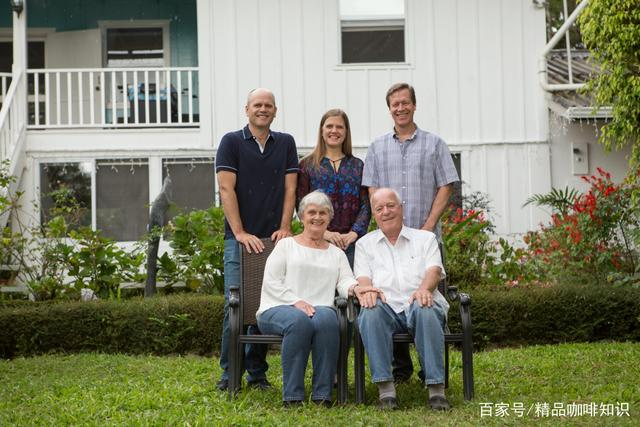
Division of coffee plots in jadeite manor
The excellent Rose Summer Coffee in Jade Manor is closely related to its grading system. The Emerald Manor is divided into three plots according to altitude: Jaramillo, Caas Verdes and El Velo. Each plot will be fine again to a small plot, and the elevation of the plot will be marked to ensure the traceability of the source of Rosa coffee beans.
High-quality Rose Summer is mainly produced in two plots: Jalamiyou and Canaus Vidvis. The annual rainfall of Jalamiyou is 4000ml, the average temperature in daytime is 19-25 ℃, the average temperature at night is 11-15 ℃, and the average altitude is 1600-1700m. The annual rainfall of Canaus Vedvis is 3500ml, the average temperature in daytime is 16-23 ℃, the average temperature at night is 10-15 ℃, and the average altitude is 1600-1800m.
El Velo is the latest acquisition of the Jade Manor, with an average elevation of 1700-1900m. In addition to planting Rosa and Kaduai, the site also has a small number of other exotic species, such as Laurina, Pakamara, Mocha and SL28.
Classification of coffee beans in jadeite manor
According to the cup test performance and the varieties and plots planted, the Jadeite Manor is divided into five brands. There are three brands of rose summer varieties: jadeite special selection (Esmeralda Special), private collection (Private Collection) and rose summer 1500 (Geisha1500). According to the grade, from high to low is jadeite special selection, private collection, rose summer 1500. Kaduai has two brands: Diamond Hill (Diamond Mountain grows) and Pamela (Palmyra).
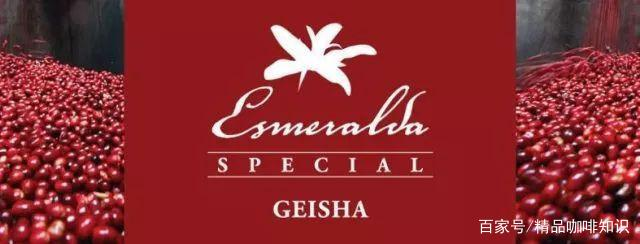
[red label Rose Summer Coffee]
The rosy summer specially selected by jadeite is the red sign we often hear. The rose beans, which are planted at an altitude of 1600-1800 meters above sea level and with a cup test score of more than 90 points, are produced in the two producing areas of Jalamiyou and Canaus Vedvis.
The independent bidding held by the Jade Manor itself, in the divided plots, the Rose Summer batch that was put forward for bidding is the red bid. However, there are also non-competitive red bids on the market, that is, the rose summer which is selected from the same plot and then circulated to the market, the varieties and quality are the same, but there are differences in the price.
This grade of rose summer is treated in the sun or water, with special, bright floral and citrus aromas.

[green label Rose Summer Coffee]
The private collection is the green standard rose summer, not the batch of independent competition, planting the rose summer varieties that do not participate in the bidding but still have excellent quality. Select micro-batch mixed beans from different plots, such as Jalamiyou and Canaus Vedvis, which are planted at 1600-1800 meters above sea level.
Due to the use of mixed bean mode, there is no detailed indication on the plot, so sometimes the flavor similarity between green mark and red mark is very high, but the next production may be different.
Although the green standard is not as high as the red standard, it still has the classic flavor of Rose Summer, floral, fruity, sour citrus, thick and juicy taste. The green sign of rose summer is also washed or tanned.

[blue label Rose Summer Coffee]
Rose summer 1500 is the blue standard rose summer. Select mixed beans from three different plots, namely, Jaramillo, Canaus Vedvis and Elvelo, which are 1400-1500 meters above sea level. Flavor micro-flower fragrance, fruit sour, sweet, taste is not thick, blue standard rose summer only washing treatment.
To sum up, the most obvious differences among red standard rose summer coffee, green standard rose summer coffee and blue standard rose summer coffee are the difference of planting altitude and whether to adopt the mode of mixed beans. to put it simply, the one with high altitude (1600-1800 meters) and clear information about the planting plot is the red standard rose coffee, and the mixed beans at the same altitude as the red mark rose coffee is the green standard rose coffee. Finally, the lower altitude (1400-1500 meters) is the blue label Rose Summer.
Take Qianjie Coffee Blue Standard Rosa Coffee as an example, brew Blue Standard Rose Summer Coffee with different brewing utensils
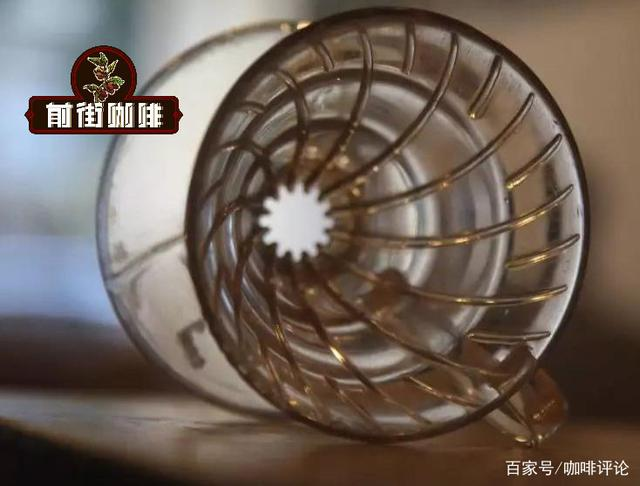
[Hario V60]
The structure of V60 has three characteristics, one is the conical shape of 60 °, the second is the clockwise spiral ribs, and the third is the only running hole. The existence of ribs makes a certain amount of space between the filter paper and the filter cup, coupled with the only flow hole, which contributes to the rapid decline of water flow.
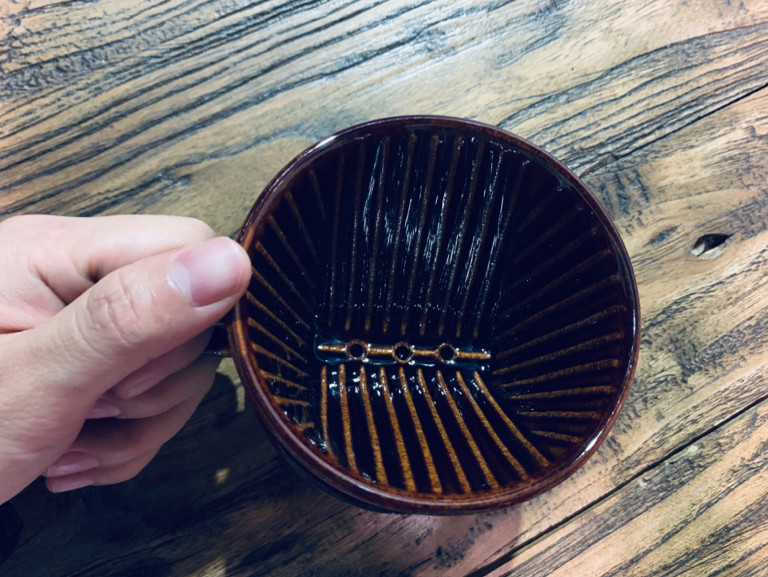
[Kalita three-hole filter cup]
The fan-shaped structure of the Kalita three-hole filter cup makes the filter cup wide at the top and narrow at the bottom, which is conducive to the concentration of water, while the top is in the shape of a wide circle, which makes the coffee particles evenly distributed and reduces the stacking condition. The ribs on the wall of the Kalita three-hole filter cup are uniformly distributed in a straight line, and the distance between the ribs is the same. There is enough space between the filter paper and the filter cup, which helps to exhaust and increase the flow speed. There are three small holes in the bottom of the Kalita three-hole filter cup, and the pore diameter is small, which can be used to extract coffee by soaking.
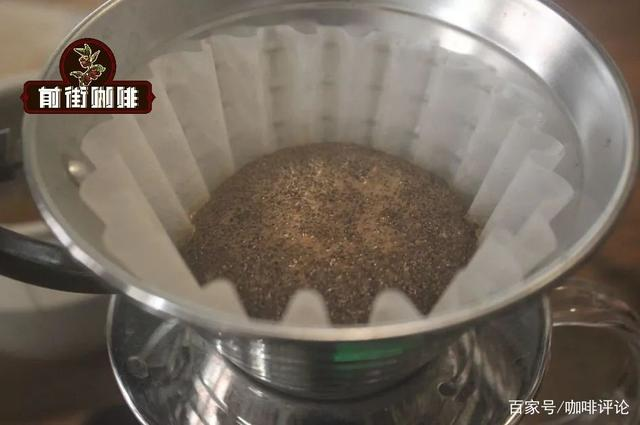
[cake filter cup]
The cake filter cup, also known as the wave filter cup, the bottom of the filter cup is flat, and the flat bottom design allows the flow to have a uniform flow velocity, which plays a role in improving the extraction rate. in addition, there are only three small holes at the bottom, and the flow rate is relatively slow. in this way, the coffee powder can be fully soaked, and the extracted coffee will be more balanced.
Coupled with the use of origami filter paper, not directly affixed to the filter cup, creating the largest extraction area. On the one hand, it is conducive to centralized extraction, hot water can drip down evenly and smoothly, on the other hand, it can also slow down the loss of temperature.
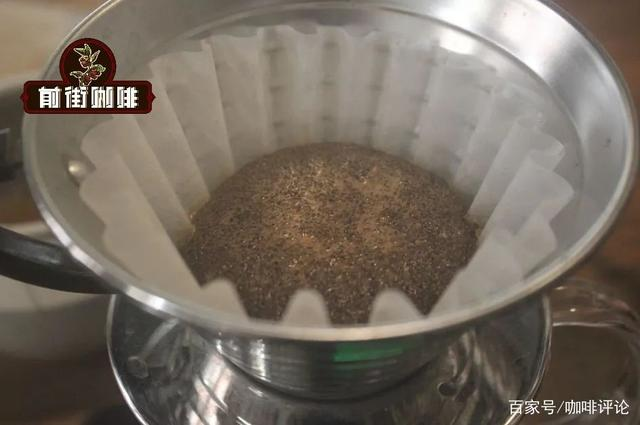
Suggestions on cooking parameters and cooking techniques
The recommended brewing parameters of Qianjie coffee are as follows: 90 ℃ water temperature, 1:15 ratio of water to powder, 15g coffee powder weight, grinding scale BG#6S (Chinese standard No. 20 sieve pass rate 80%)
In terms of brewing techniques, Qianjie coffee is extracted by stages, and the amount of water steamed is generally twice that of coffee powder, so 30 grams of water is used for steaming for 30 seconds, and a small flow of water is injected around to 125 grams after segmentation. when the water level is about to be exposed to the powder bed, continue to inject water to 225 grams, the whole extraction time is 2 minutes.
Flavor description of Blue Standard Rosa Coffee after using different brewing utensils
[Hario V60] Flavor: ginger blossom, sour notes of citrus and lemon, sweet honey in the middle, green tea and brown sugar in the end.
[Kalita three-hole filter cup] Flavor: Jasmine and ginger, fresh flavors of citrus, lemon and bergamot, with honey sweetness and green tea.
[cake filter cup] Flavor: Jasmine, citrus acid, chocolate and nuts in the middle, honey sweetness, mellow taste and overall balance.
If the pursuit of rich flavor is obvious, you can choose [Hario V60] to brew blue standard Rosa coffee. If the pursuit of flavor is partial to the sense of balance, you can choose [cake filter cup] to brew blue standard rose coffee. If the pursuit of refreshing taste, you can choose [Kalita three-hole filter cup] to brew blue standard Rosa coffee.
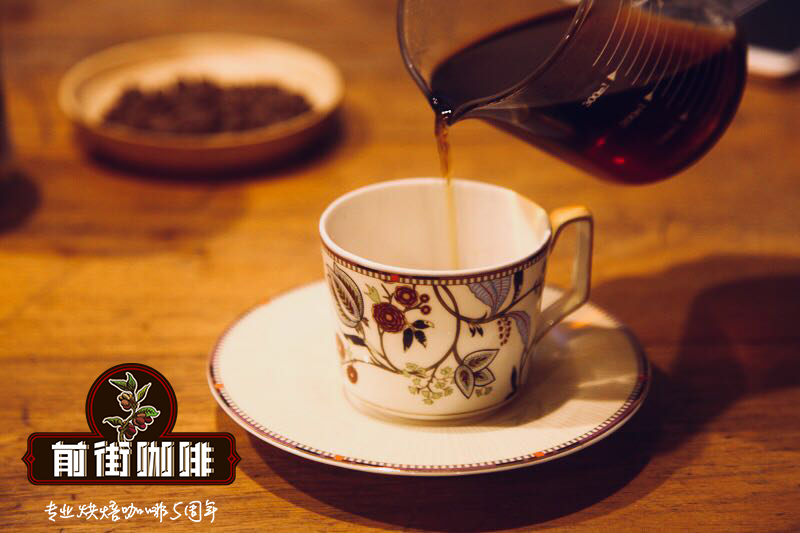
Important Notice :
前街咖啡 FrontStreet Coffee has moved to new addredd:
FrontStreet Coffee Address: 315,Donghua East Road,GuangZhou
Tel:020 38364473
- Prev

Description of washing and sun-drying flavor of Salvadoran coffee beans quality characteristics of honey treatment an introduction to the manor processing factory
Salvadoran coffee washing flavor description treatment method El Salvador boutique coffee is concentrated in Santa Ana in the west and Charantanan fruit volcanic rock producing areas in the northwest. The top 10 cup tests in recent years almost all come from these two producing areas, with an elevation of about 9-1500 meters above sea level. Mainly bourbon (68%), followed by Pacas (29%), mixed-race Pacamara, Duraai, card
- Next
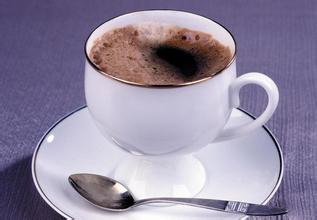
Flavor description of Costa Rican Red Bourbon Honey Coffee beans introduction to the degree of Grinding of varieties
Costa Rican coffee flavor description treatment Costa Rica began to grow coffee two hundred years ago, the earliest planting site is located in the slopes of the Poas and Barva volcanoes, which is now known as the Central Valley. After years of development, Costa Rica has eight main producing areas, namely: Guanacastes, West Valley, Central Valley,
Related
- Detailed explanation of Jadeite planting Land in Panamanian Jadeite Manor introduction to the grading system of Jadeite competitive bidding, Red bid, Green bid and Rose Summer
- Story of Coffee planting in Brenka region of Costa Rica Stonehenge Manor anaerobic heavy honey treatment of flavor mouth
- What's on the barrel of Blue Mountain Coffee beans?
- Can American coffee also pull flowers? How to use hot American style to pull out a good-looking pattern?
- Can you make a cold extract with coffee beans? What is the right proportion for cold-extracted coffee formula?
- Indonesian PWN Gold Mandrine Coffee Origin Features Flavor How to Chong? Mandolin coffee is American.
- A brief introduction to the flavor characteristics of Brazilian yellow bourbon coffee beans
- What is the effect of different water quality on the flavor of cold-extracted coffee? What kind of water is best for brewing coffee?
- Why do you think of Rose Summer whenever you mention Panamanian coffee?
- Introduction to the characteristics of authentic blue mountain coffee bean producing areas? What is the CIB Coffee Authority in Jamaica?

